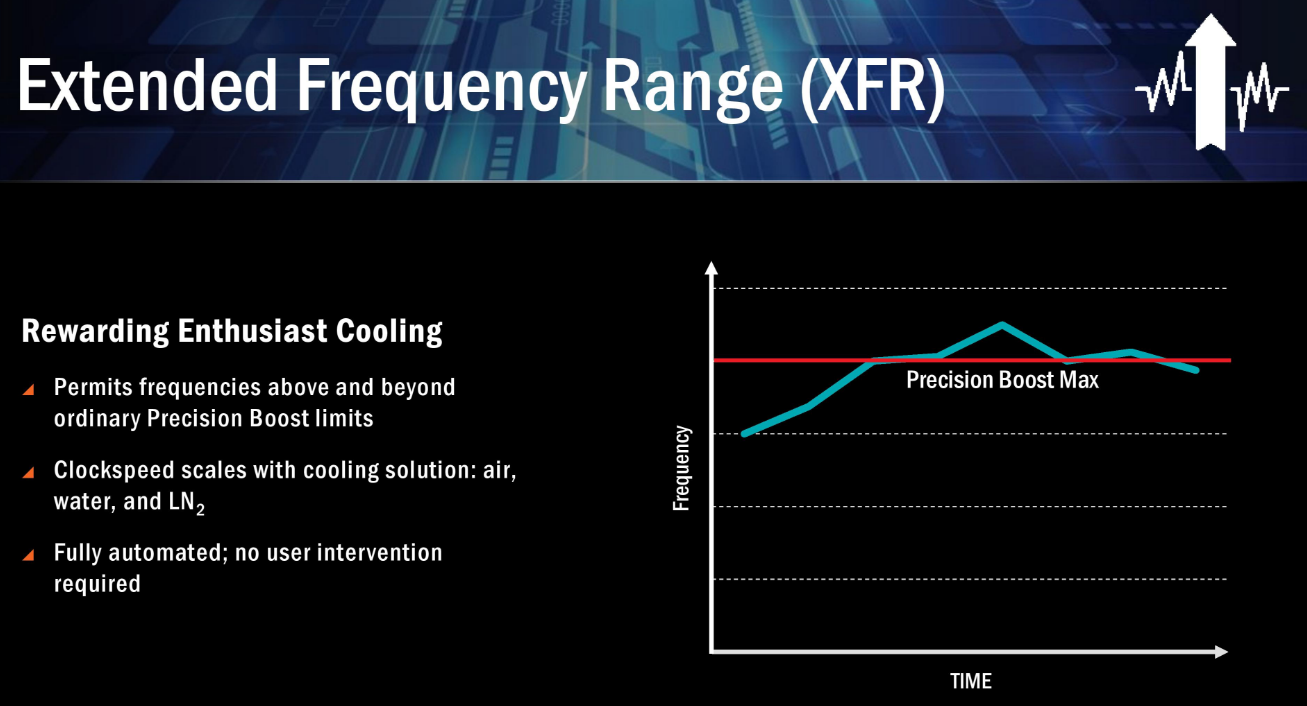The chip was a review sample basically like you say with ryzen same thing same clocks. In fact i have the first intel core 2 quad extreme golden sample, please find me any retail part that can beat it and ill give you it, it is 3k worth of vintage
You picked a bunch of polski bloggers, french fries, and sites that were busted for cheating scores with MCE and Ryan Shrout.....kudos.
Very funny how you think that MCE enabled is cheating scores, still you link to reviews that overclock the interconnect on RyZen chips by 20% or more, and that is not cheating for you.

This is the ES Juan is crying so hard about,
If that was the only ES they test as if was retail...
Notice on all of Juanrga's posts how bloated the 8700K scores are. So to sum this up, Juan is crying about guru3D on the ES(reviewers sample) and RAM used but GUru3D posted the lowest Ryzen scores with faster memory.
As demonstrated before Guru3d obtains higher scores for RyZen chips and slower scores for Intel chips, modifying the IPC gap by 9% compared to rest of reviews.
![[H]ard|Forum](/styles/hardforum/xenforo/logo_dark.png)
